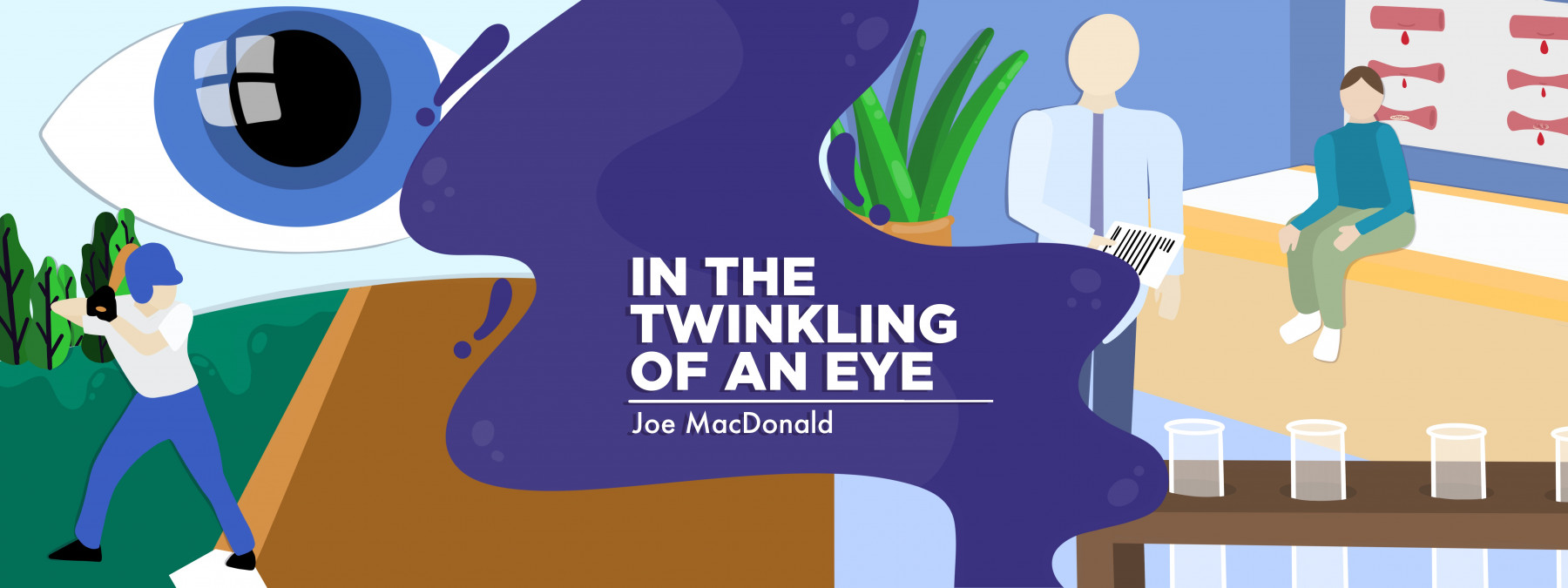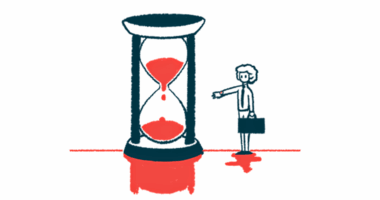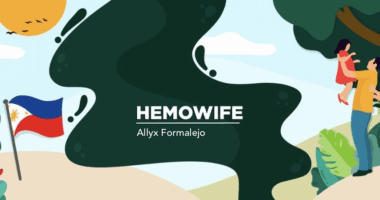My 3 takeaways from the bleeding disorders annual conference
With my presentation and more, my community commitment was strengthened

In a column last month, I discussed how I felt when attending the recent annual conference of the National Bleeding Disorders Foundation in Atlanta. One of the highlights was when my wife, Cazandra, and I presented our own session, “Finding Our Way Back to Each Other.”
Before this meeting, Cazandra and I had never publicly discussed our struggles during my youngest son’s frequent hemophilia hospitalizations and how we drifted apart during them, each of us running into our own corners to find relief. We documented how we realized the problem, worked on helping each other, and took steps to repair the relationships in our family.
As Cazandra and I traveled home after the conference, we processed our feelings, things left unsaid, and possible issues for another presentation. My wife and I are each powerful communicators, but together, we double our strengths to provide dynamic and engaging insights.
I usually write a quick summary after each day, moving from heart to pen as I trace the places where the Divine showed up, the lessons I learned, and the ways I spoke hope into the lives of others. Quickly after the conference, I reflected on the essential messages that I took away from this successful event. In addition to leading a national symposium and meeting two Bionews leaders (Chris Comish, CEO, and Ethan Ash, senior vice president of business development), I left with three key ideas that continue to connect me to the bleeding disorders community.
What I took home from Atlanta
First, I realized that medical advances for bleeding disorders have come a long way. When my oldest son, Julian, was born, treatments for spontaneous bleeding episodes involved a needle that pushed into either a port-a-cath or a vein, administered three times a week. Both my sons faced a crippling fear of needles, which proved difficult, and even traumatic.
When a new medication, Hemlibra (emicizumab-KXWH), came on the scene, it revolutionized how to treat people with hemophilia. Each dose, usually administered biweekly or monthly, requires a quick subcutaneous injection just below the skin. Gone are the days when we had to search for veins and pray that we didn’t miss — because then we had to try again with another needle stick. Our quality of life drastically improved as the treatment became much more accessible.
Second, sharing our story reminded me of the power of personal narratives in our community. As I spoke with several people who attended our symposium, I was struck by how much we all shared in common. One person even said that our talk helped her better understand her relationship, which gave her hope in supporting her significant other. This tale reaffirmed the value of the personal stories in the community, making us feel heard and understood.
I struggled with one part of our presentation: the fear that our story was too archaic and that, with developments in treatment, it wouldn’t matter. I quickly learned that regardless of medical advances, the struggles we face as members of a chronic illness community have similar characteristics. We know that the pain we share, both mentally and physically, finds its way into our lives and threatens to overturn relationships. This issue is a universal battle we must fight to move forward.
Third, I discovered that as I reconnected with old friends, the conference was also an excellent way to develop relationships with people just facing a diagnosis, whether their own or in their families. I thought of our early years with the disease, when we attended our first national meetings and looked for familiar faces. I gravitated to people from Houston, where I lived at the time, and tended to stick with them.
Fewer people from my old group attended this year’s meeting. I walked around, chatted with people I knew, and introduced myself to those who looked like me those many years ago. Those parents of newly diagnosed patients walked around the room with stars in their eyes, unsure which way to turn. I shook hands and introduced myself. Our spirits seemed to recognize each other as I looked into their eyes. Perhaps our encounters compelled newcomers to seek out their local or regional chapters to give back.
My three essential takeaways — the advancements in medical technology, the relevance of my story, and the importance of welcoming newcomers — have strengthened my commitment to our bleeding disorders community. I aim to be a beacon of light to those who feel lost in the darkness of these diseases. My message is clear: “There is space for all to be an active part in the life of our community. Come. You are welcome.”
I hope my message will inspire others to engage with our community, finding comfort and support amid the storm.
Note: Hemophilia News Today is strictly a news and information website about the disease. It does not provide medical advice, diagnosis, or treatment. This content is not intended to be a substitute for professional medical advice, diagnosis, or treatment. Always seek the advice of your physician or another qualified health provider with any questions you may have regarding a medical condition. Never disregard professional medical advice or delay in seeking it because of something you have read on this website. The opinions expressed in this column are not those of Hemophilia News Today or its parent company, Bionews, and are intended to spark discussion about issues pertaining to hemophilia.







SANJIV KUMAR
Thank so much, for sharing your experience about annual conference, I have somehow missed it. But good to know that now, new treatment, HEMLIBRA, ease our life by just taking it under skin. Its really a very big news of all of us, otherwise the challenge of taking IV is just like a roller coaster ride. One again thanks for sharing your feeling/experience.
Regards,
Sanjiv Kumar
New Delhi
India